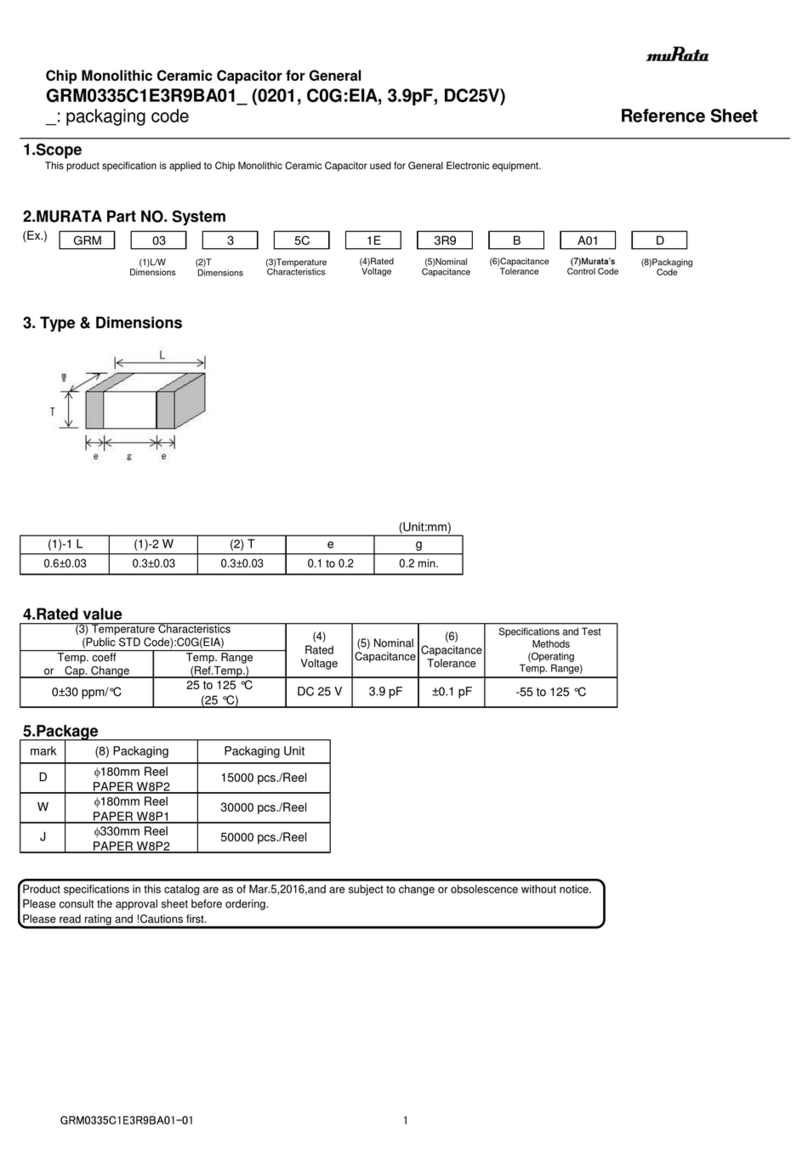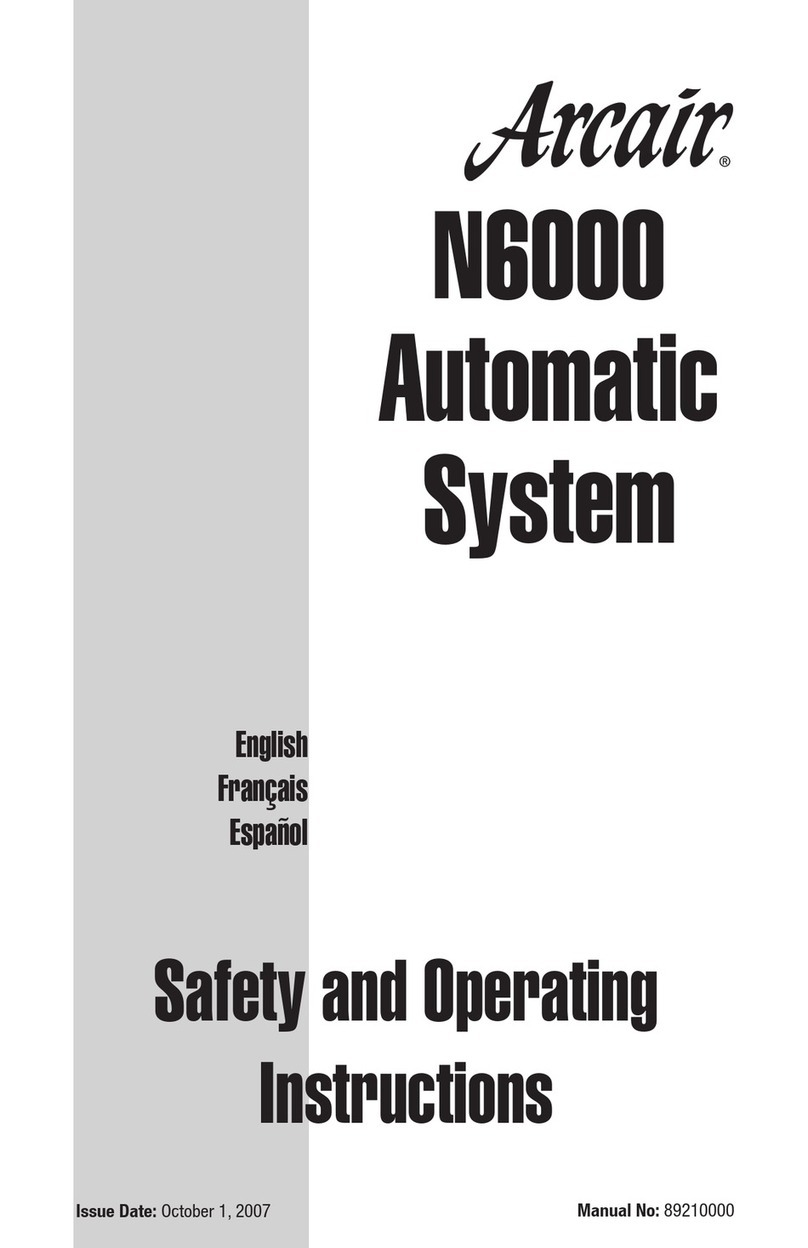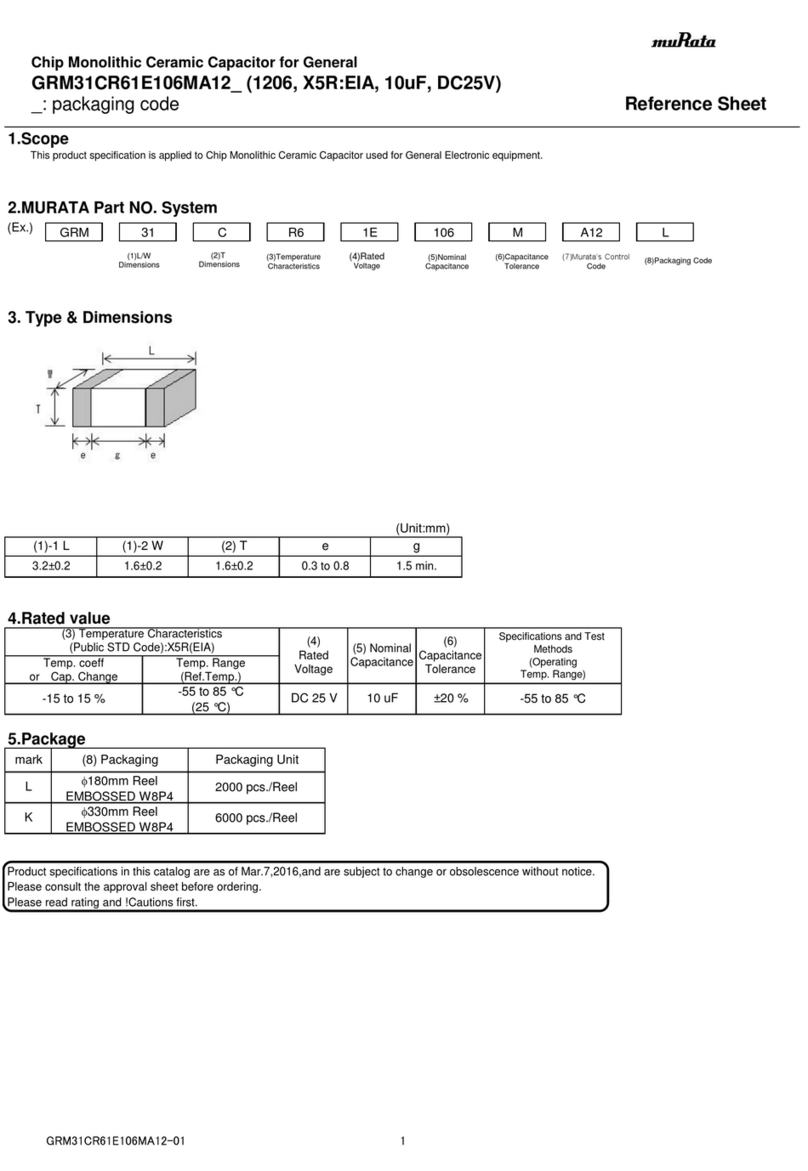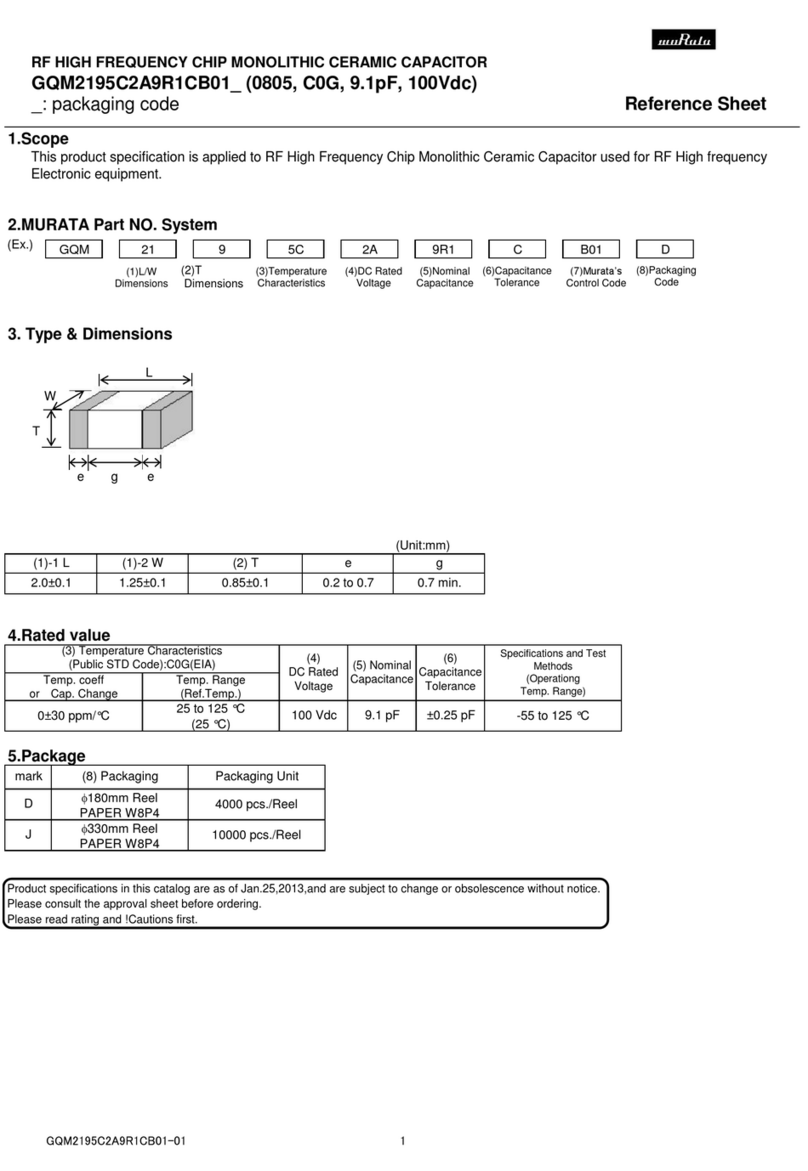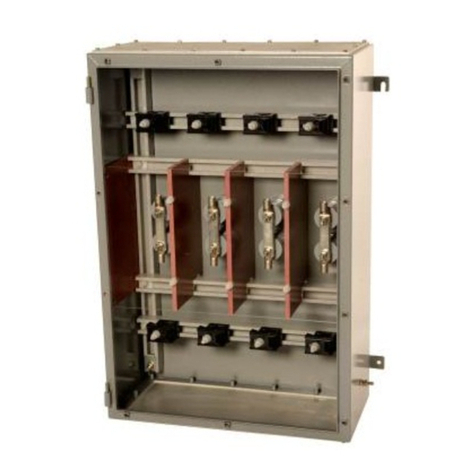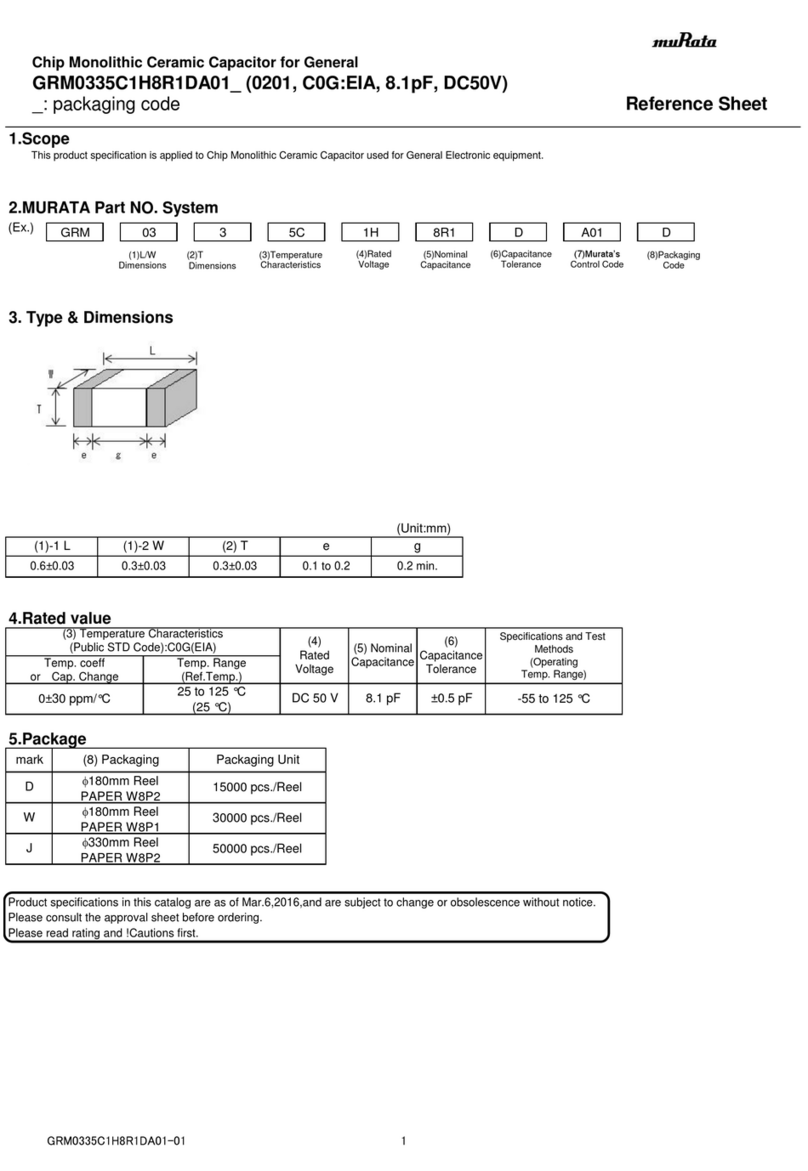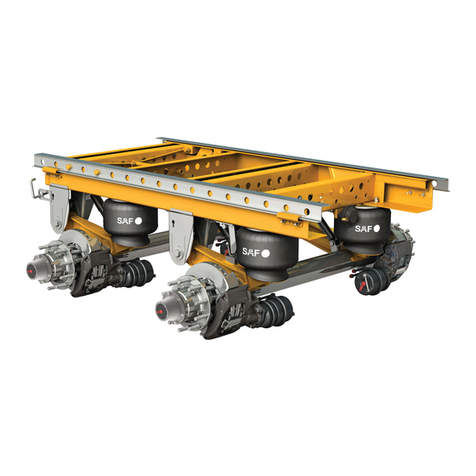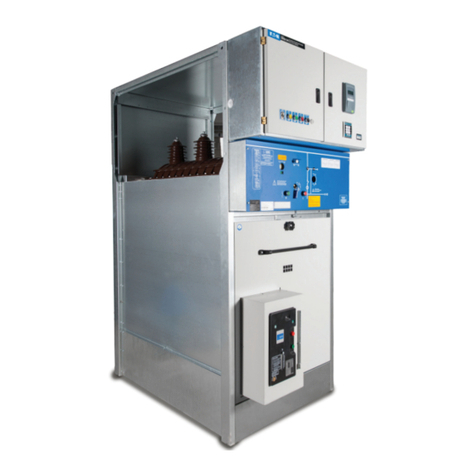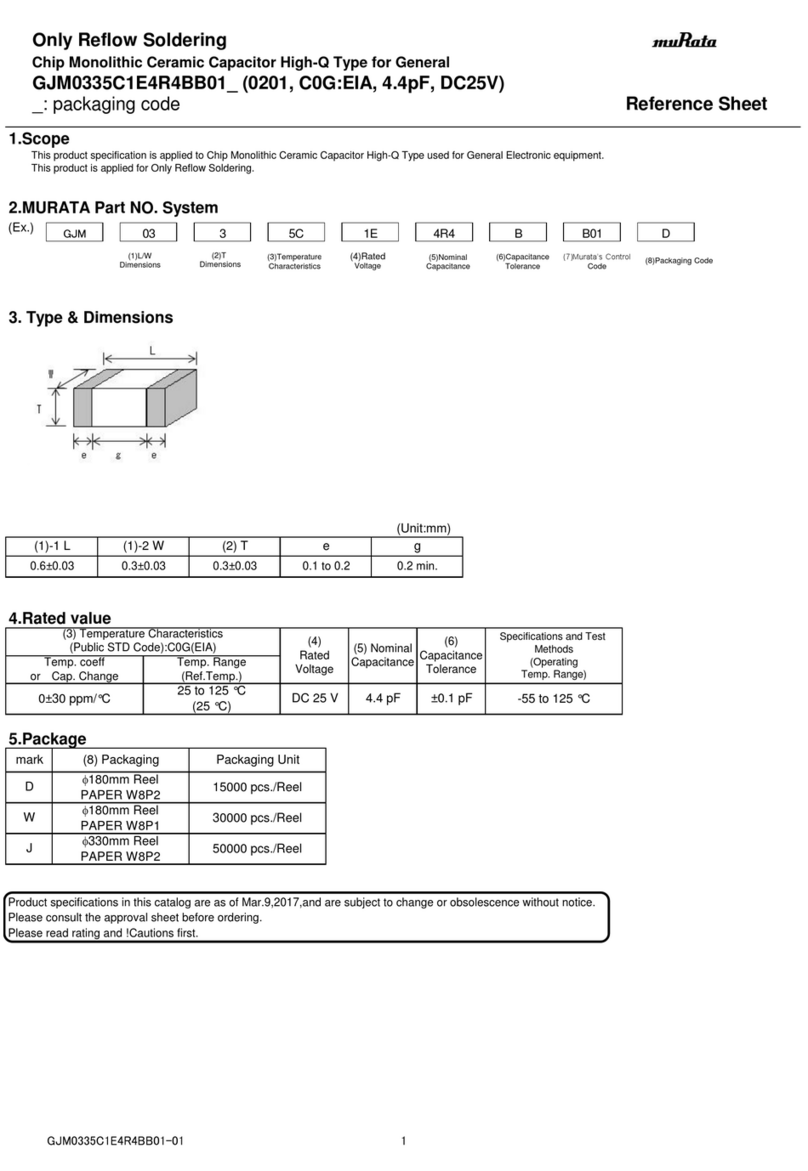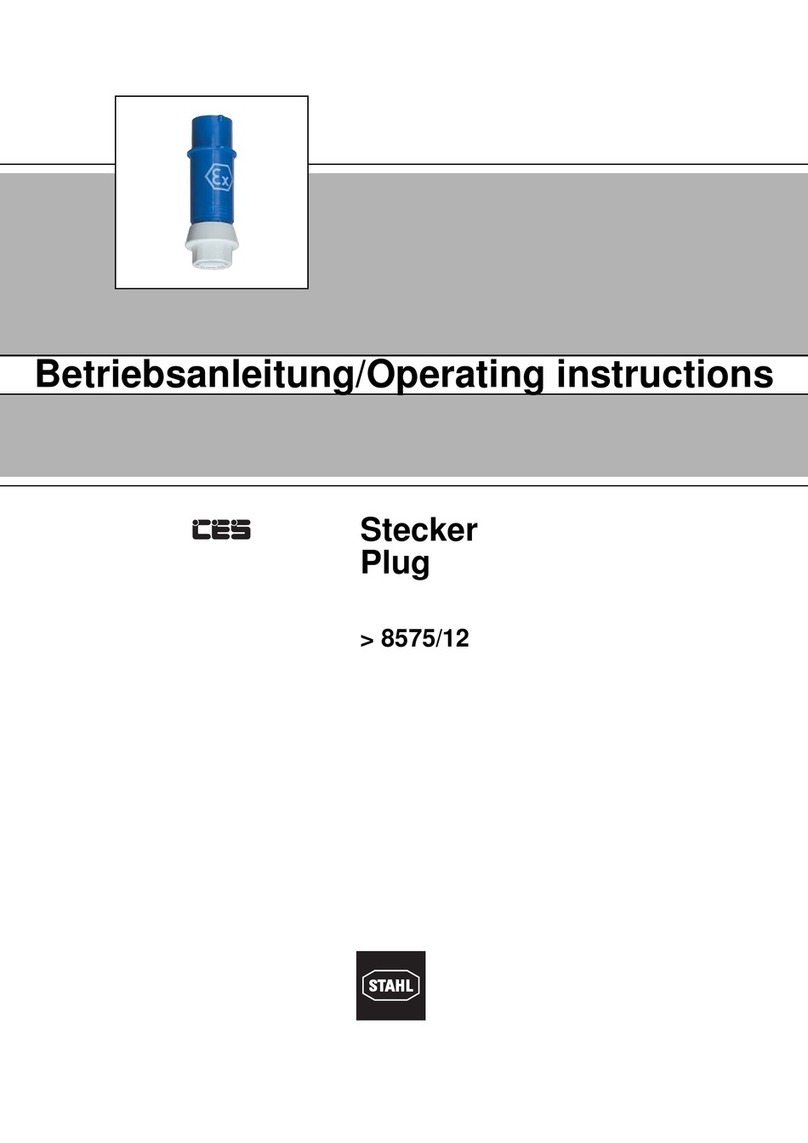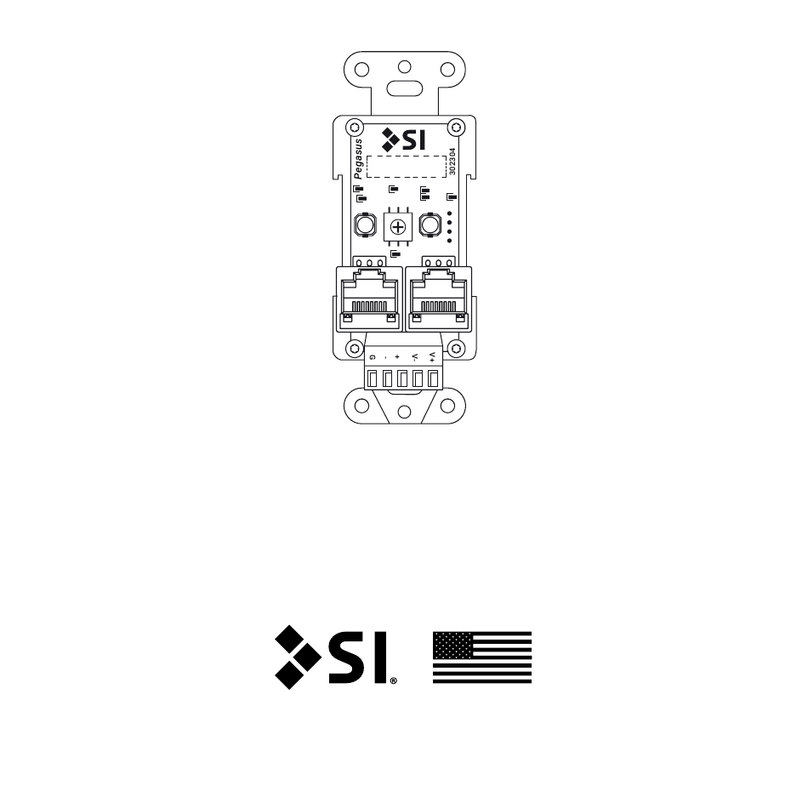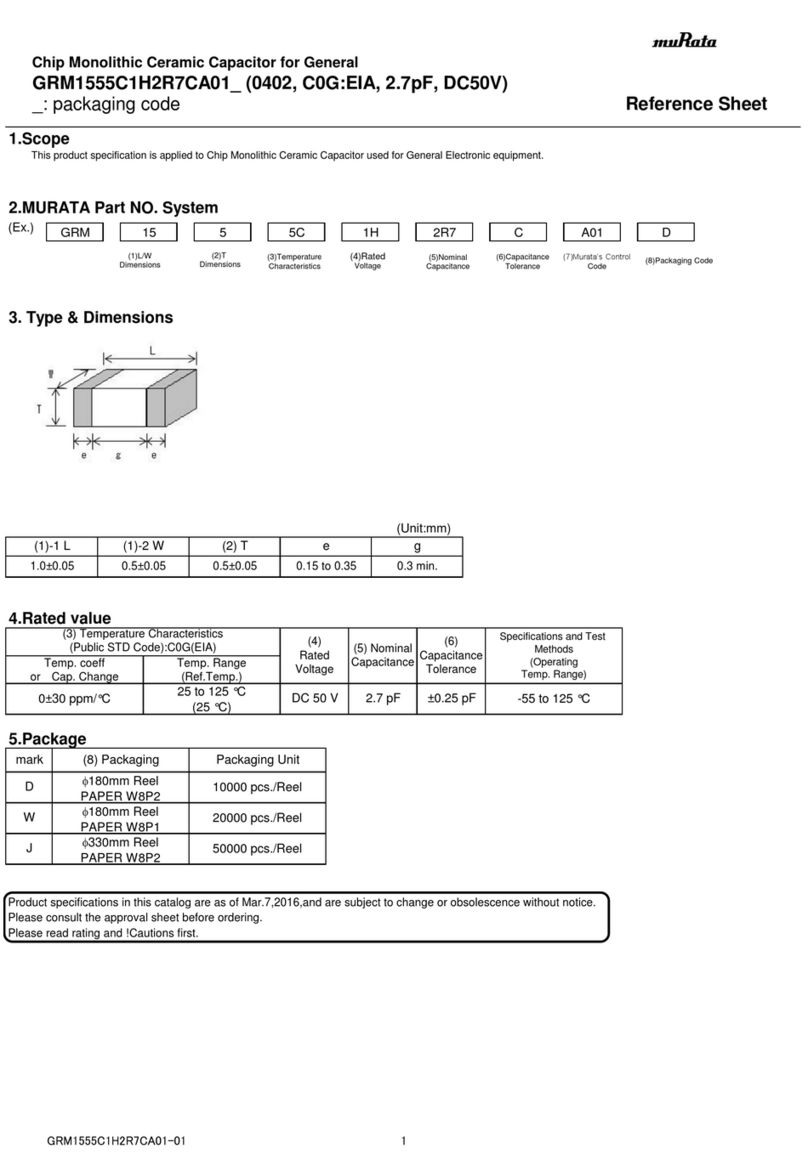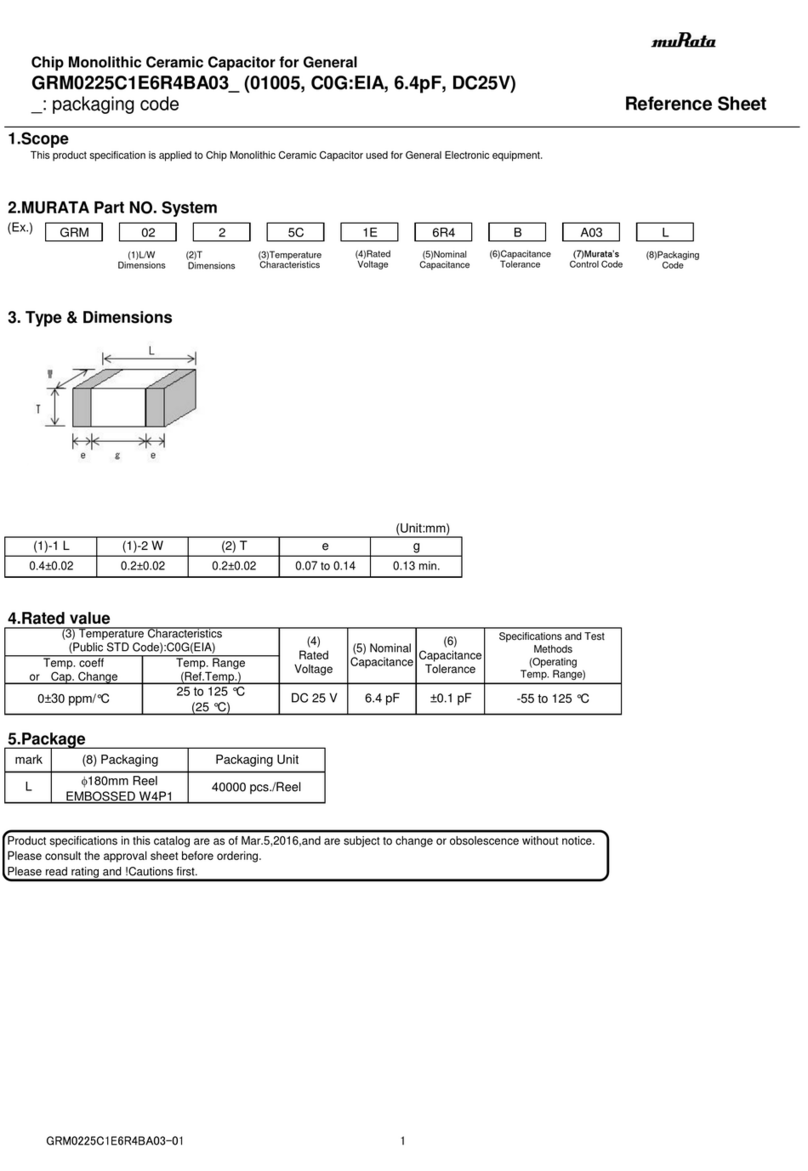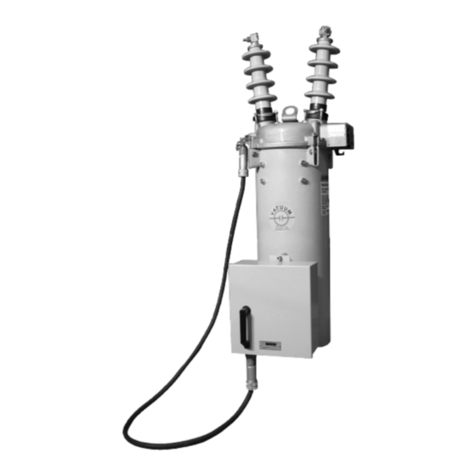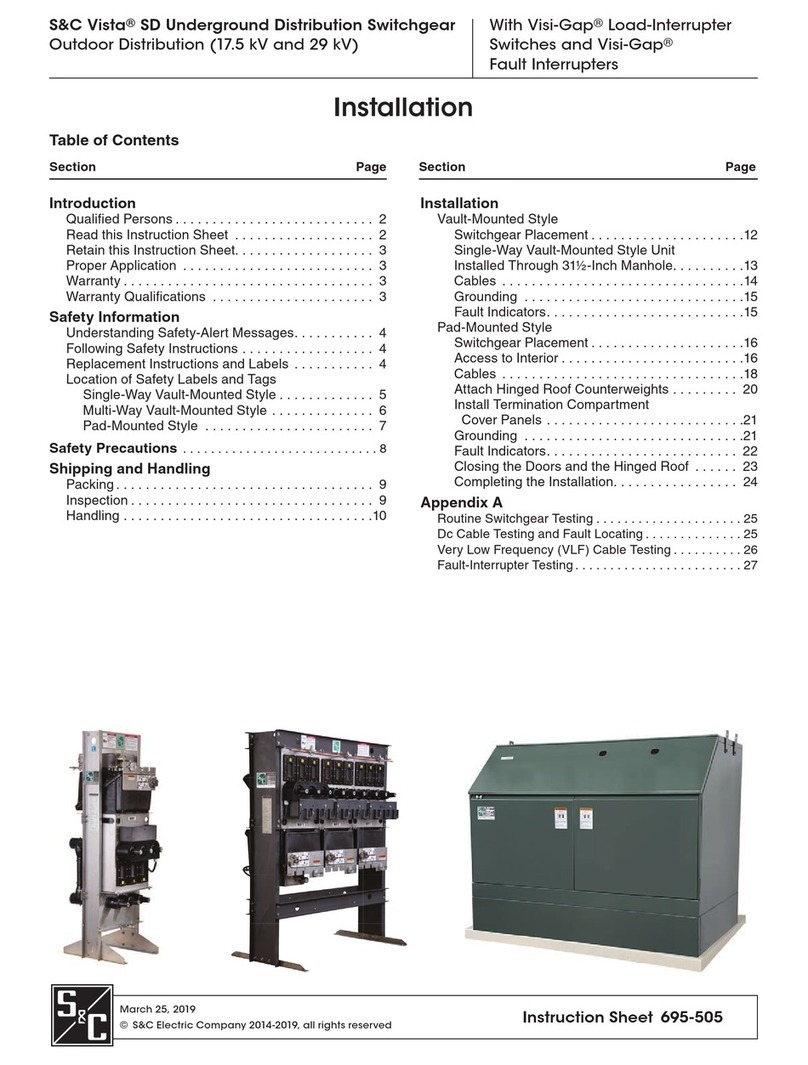
STORAGE
• Do not store outdoors, in areas exposed to weather or with excessive humidity.
• For storage periods longer than 0 days, all machined and unpainted surfaces such as
flanges, bases, and
shafts must be protected with a suitable anti-oxidation product
• Oil seals must be touched by the oil. Before putting them into operation restore correct
quantity and type of oil.
• At intervals of 4 to 5 months, the output shaft should be rotated
INSTALLATION
• Make sure that the ROBUS unit is correctly secured to avoid vibrations.
• If shocks or overloads are expected, install hydraulic couplings, clutches, electronic torque
limiters, control units,etc.
• For a satisfactory gearbox performance, it is essential to align correctly the motor and the
driven machine.
• Whenever possible, we suggest to interpose flexible couplings
• Align with precision the eventual outboard bearing, because any misalignment would cause
high overloads, with a subsequent rupture of a bearing or the shaft
• Before starting up the machine, make sure that the oil level is conform to the mounting
position specified for the STON unit by checking the level plug
• For outdoors installation provide adequate guards in order to protect the drive from rainfalls
as well as direct sun radiation.
• It is recommended to clean and lubricate the connection shafts with grease having a copper
base (example Castrol Optimol Paste HT) in order to avoid fretting corrosion and seizure.
Copper, in fact, being very malleable, is like a barrier against the direct contact between two
similar metals. In alternative, you can use a grease having high viscosity base oil which
remains particularly adhesive (example Mobilgrease XTC)
• Whenever there are outer loads, it is recommended to use pins and positive stops
• Self-locking adhesives should be used on the bolts and joining surfaces of the machine
frame to prevent gearbox and driven machine to get loose
• It is recommended to avoid to fit cantilever pinions. If this is not possible, minimize the
distance between pinion and output shaft to avoid excessive radial loads
• He pre-loading of belts and chains to the minimum
• Never use the hammer for mounting/dismantling of the jeyed parts, but use the tapped holes
provided on the head of the shafts
• For a smooth and silent working, it is recommended the use of Motive motors
Operation and maintenance manual ROBUS units Page 4 OF 13










